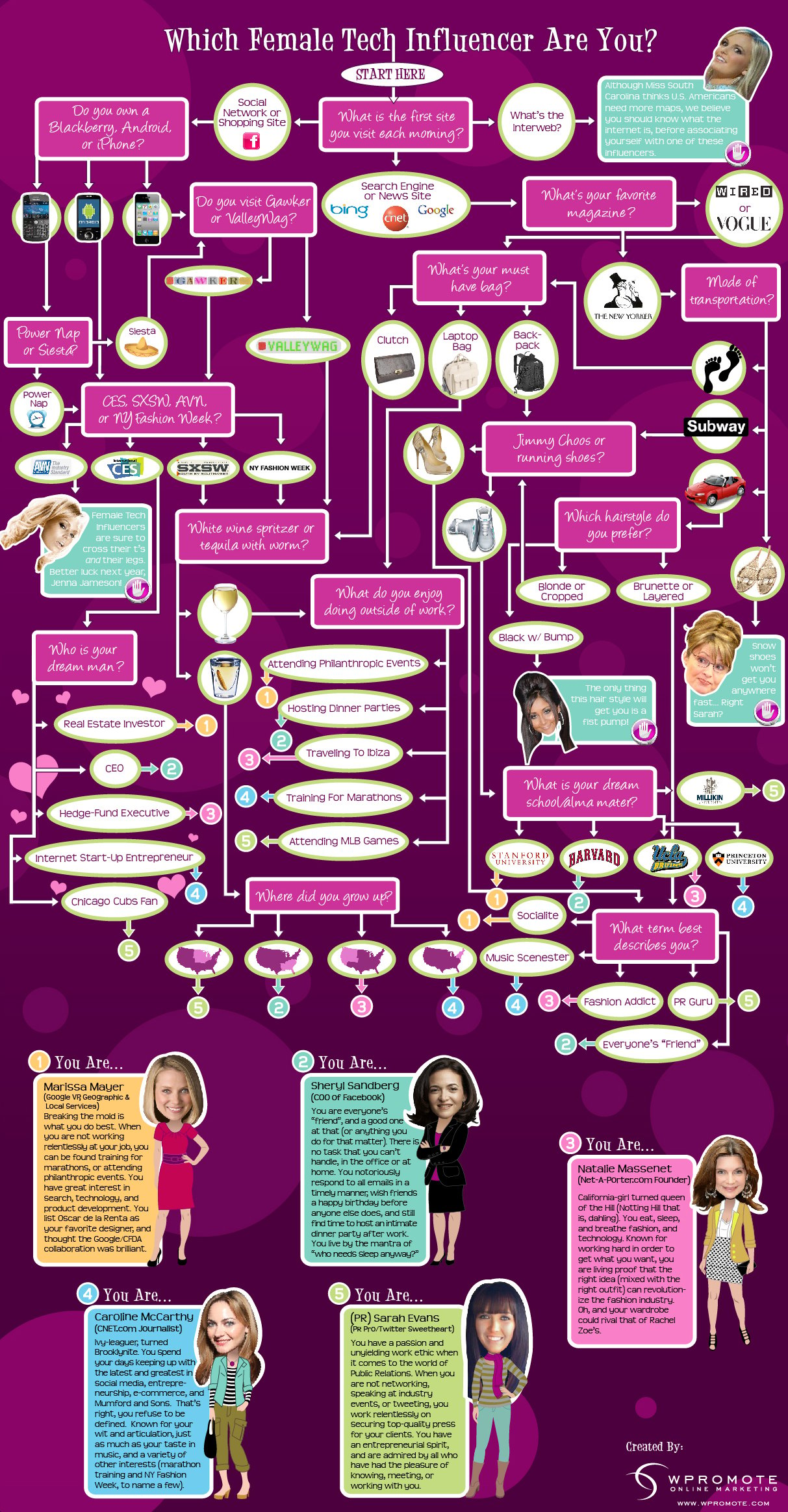If I asked you to name five great scientists or inventors, chances are you wouldn’t have much trouble coming up with a list pretty quickly.
But how many on that list would be women?
Girls could be forgiven for thinking that all the important scientific and technological breakthroughs were made by men such as Newton, Einstein or Bill Gates. The truth is, brilliant women have been involved in science and technology ever since someone first rolled a log down a hill and called it a wheel. They have just never got the kudos they deserve.
In fact, the Nobel Prize committee tried to stop perhaps the most famous female scientist of all time, Marie Curie, from attending the ceremony to receive her second Nobel Prize, in 1911. A widow, she had taken a lover and it was thought no one would want to sit at her table because it was a scandal. She went anyway, and dined with the King of Sweden. Rock on, Marie!
Girls cannot be what they cannot see, so it’s time women in science and technology had the spotlight. I stumbled on a cartoon that gives us a great way to engage with girls on this topic: “Zombie Marie Curie”. Zombies are hot right now and perhaps the only thing that could have made this cartoon more relevant is if they had slipped a vampire in there as well. I think it deserves a spot on the wall of every high school lab; it’s available at xkcd.com and is free for noncommercial use.

I am always impressed by how much girls care for others and want to make a difference to the world. So I think another way to connect with girls about science is to show them that it isn’t all just theory in a textbook — it is a way to change the world, to change people’s lives. Take these achievements for starters:
Kevlar: Countless lives have been saved thanks to kevlar, which is in the bulletproof vests worn by soldiers, police and security guards. It finds its way into safety helmets, fireproof clothing, skis, hiking and camping gear and the cables that hold up suspension bridges. Thank you, Stephanie Kwolek, who invented it at Dupont in the 1970s.

Mobile phone communications: If you like old movies, you’ll know the glamorous 1940s star Hedy Lamarr. But you might not know that with George Anthiel she co-invented a form of coded wireless communication to outwit the Nazis in World War II. The technology she helped invent now makes mobile phones and other wireless devices possible.
Computer programming: The first computer programmer was Ada Lovelace. A mathematician, she wrote a program for the prototype of a digital computer created by Charles Babbage, back in the 1840s.
Prostheses for breast-cancer survivors: Ruth Handler invented the Barbie doll in 1959. Heaven knows Barbie doesn’t exactly have realistic body proportions, yet as a breast-cancer survivor, Ruth Handler later developed Nearly Me, a range of realistic-looking post-mastectomy breast prostheses. Speaking of Barbie, in an attempt to inspire girls to enter the male-dominated field of architecture, Mattel and the American Institute of Architects recently held a competition to design a Barbie dream house. Female architecture graduates Ting Li and Maja Paklar won, with a design that is as green as it is pink: it has solar panels, locally sourced materials and other eco-friendly details. When I was a kid I loved Barbie and I sneakliy fancy sitting down to play with this, so it’s a pity that Mattel is not putting the female architects’ design into production. Oh, the irony!

Blissymbols Printer: To help people who have disabilities that prevent them from speaking, 12-year-old Rachel Zimmerman wrote a software program that translates symbols a person points to on a touch pad into written language.
Girls like Rachel Zimmerman continue to achieve amazing things in science and technology. When Google held its science fair this year, 10,000 young people aged 13 to 18 entered and girls won the top prizes in all three age categories. Shree Bose uncovered problems with a popular ovarian cancer treatment. Lauren Hodge found that chicken can bind to toxic chemicals in marinades when it is char-grilled. And Naomi Shah used her own statistical analysis and a new mathematical model to quantify how air quality affects asthma symptoms.
I would love to get some conversations going in classrooms about the achievements of girls and women in science and technology, so here are some ideas for conversation starters or assignment topics:
- Do you think women who have made scientific or technological breakthroughs have received as much recognition as their male counterparts? Why?
- Do you think there are barriers to girls entering careers in science and technology today? If so, what are they?
- How would you use science or technology to change the world?
